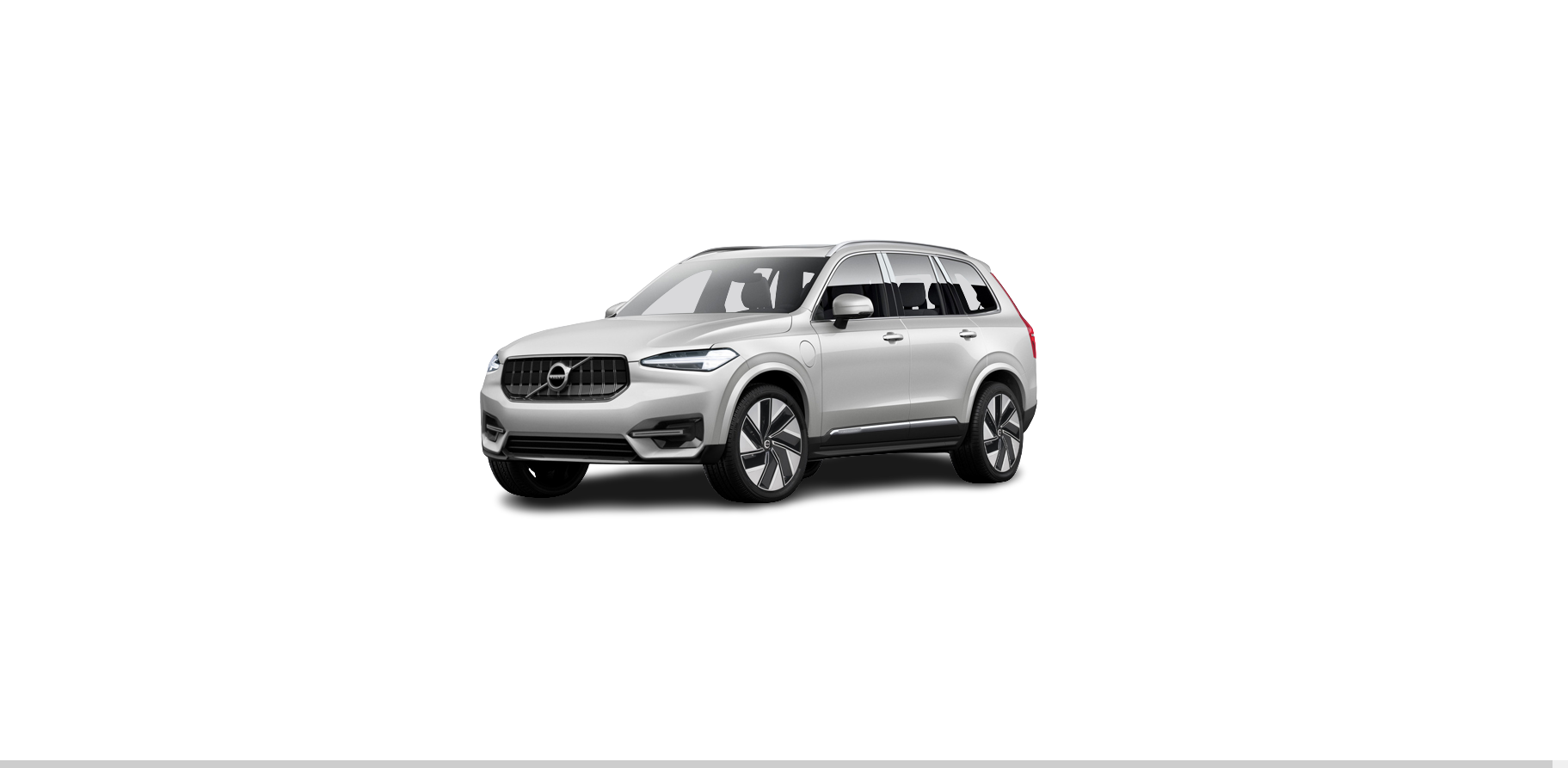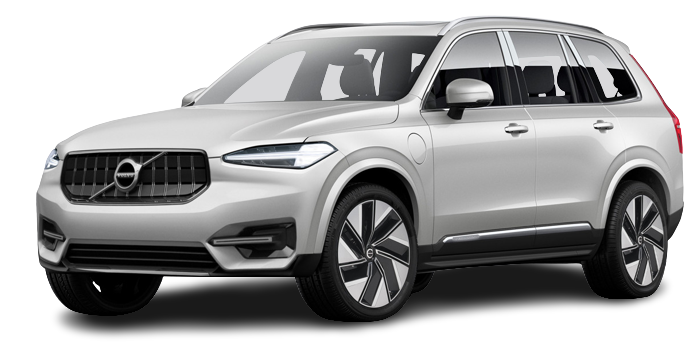It is recommended that brake fluid is changed or filled by an authorised Volvo workshop.
Brake functions
Besides the foot brake and parking brake, the car is equipped with several automatic brake assist functions. These can assist the driver by not needing to keep his/her foot on the brake pedal when at a traffic light, or when starting on an uphill gradient.
Depending on the car’s equipment, the following auto braking functions are available:
- Automatic brake when stationary (Auto hold)
- Hill start assist (Hill Start Assist)
- Auto braking after a collision
- Regenerative braking
- Warning and auto-brake when reversing
- Assistance at risk of collision
- Off road mode
- Hill descent control (Hill Descent Control)
Automatic braking when stationary
When the car has stopped, the brakes are activated automatically. The function can use either foot brake or parking brake to hold the car stationary and it works on all gradients. When driving off, the brakes are released automatically if the driver is wearing the seatbelt and/or the driver’s door is closed.
When braking to a standstill on an uphill or downhill slope, the brake pedal should be depressed a little harder before being released to ensure the car does not roll.
The parking brake is activated automatically
- if the car is switched off
- when the driver unbuckles the seatbelt and/or opens the driver’s door.
- if the function Auto hold (brake when stationary) is activated and the car has been stationary for a while (approx. 5–10 minutes).
Auto hold can also change over to the parking brake in other situations.
| Symbol | Specification |
|---|---|
| | The symbol is illuminated when the function uses the foot brake to keep the car stationary. Note that the foot brake may be active even if the symbol is not lit. |
| | The symbol is illuminated when the function uses the parking brake to keep the car stationary. |
Activating and deactivating the automatic brake at a standstill
Press the button in the tunnel console to activate or deactivate the function.
The indicator in the button illuminates when the function is activated. Activated function remains even when the car is started next time.
If the function is active and holds the car with the foot brake (A-symbol illuminated in the driver display), the brake pedal must be depressed at the same time as the button is depressed in order to deactivate.
- The function remains deactivated until it is reactivated.
- When the function is deactivated, brake assist remains active to prevent the car from rolling backwards when starting on an uphill gradient.
Auto braking after a collision
After a serious collision there is a risk that it is no longer possible to control and steer the car. In order to avoid or mitigate a possible further collision with a vehicle or an object in the vehicle’s path, the auto braking system is activated automatically and brakes the car in a safe manner.
Brake lights and hazard warning lights are activated during braking. When the car has stopped, the hazard warning lights continue to flash and the parking brake is applied.
If braking is not appropriate, e.g. if there is a risk of being hit by following traffic, the system can be overridden by the driver depressing the accelerator pedal.
The function assumes that the brake system is intact after the collision.
Regenerative braking
The function is available in all drive modes together with gear position D or M.
Depress the brake pedal.
Regeneration increases during engine braking when manual gearshift mode M is selected.
If the car is a mild hybrid, a battery symbol is shown in right-hand side of the driver display.
When the battery is being charged, such as during regenerative braking, it is indicated by this symbol.




